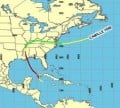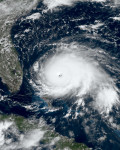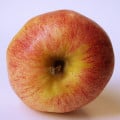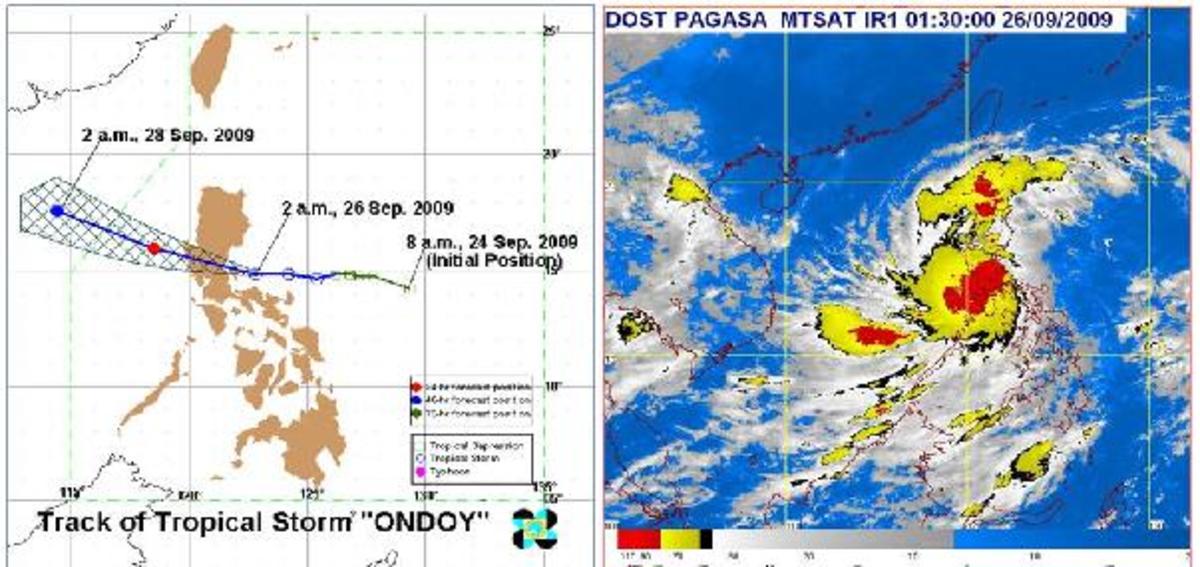The 1932 Cuba Hurricane
Ranked No 17 in the world's worst hurricanes
You don’t often hear of the 1932 Cuba Hurricane in hurricane news. The hurricane damage dealt in the US was relatively minor, and the damage done is estimated at only forty million, which is dwarfed by the billions of dollars in hurricane damage wrecked by Hurricane Katrina.
However, the 1932 Cuba Hurricane was one of the deadliest hurricanes of the 20th century, and certainly the most powerful and devastating of the 1932 Atlantic hurricane season, drawing further attention to the importance of hurricane preparedness.
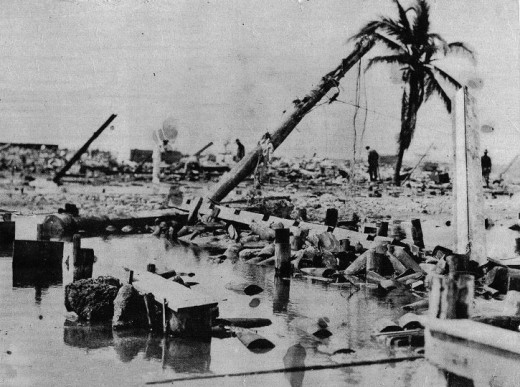
Hurricane Preparation for The 1932 Cuba Hurricane
Much as with the Bahamas Hurricane of 1932, the hurricane protection measures for 1932 Cuba Hurricane took place at a time when the technology needed for effectively tracking hurricanes was severely lacking.
And, again, the technology needed to communicate hurricane warnings was, likewise, lacking. As such, hurricane preparedness was certainly lacking, with residents only putting up hurricane windows and hurricane shutters at the last second, as the National Hurricane Center was simply unable to accurately predict the storm and then to issue warnings on time.
During the 1920’s, the need for hurricane awareness and the tools we now use to for tracking hurricanes and hurricane protection became painfully clear, however, by the 1930’s, this technology was still being developed, and it would be another decade before we were seeing the true origins of modern hurricane protection methods and technologies.
Hurricane Tracking for The 1932 Cuba Hurricane
The 1932 Cuba Hurricane was first observed on October 30th, about two hundred miles to the east of Guadeloupe. At this point, the hurricane was a weak tropical storm, with forty mile per hour winds. It remained a tropical storm while passing over the Leeward Islands on the next day, and intensified into a low level hurricane on November 1st while turning south west across the eastern Caribbean Sea, building strength and slowing in forward motion.
On November 30th, the hurricane passed fifty miles north of Punta Gallinas, Colombia, at this point being a category 2 hurricane. It then turned around and headed west.
The hurricane continued to gain strength, becoming a major hurricane on November 5th, with wind speeds of one hundred fifteen miles per hour. That day, a ship to the east of Central America and to the south of Cuba reported pressures of 915 mbar, and this would be when the storm reached its official peak intensity with 135 miles per hour winds.
On November 6th, the slow moving storm curved north through the western Caribbean Sea, maintaining an intensity of category 3. The storm intensified again on the 8th of November, approaching Cayman Islands, and became a category 4 as it went northeast.
The 1932 Cuba Hurricane then passed near Cayman Brac on November 9th, with wind speeds of around 135 miles per hour, and made landfall in eastern Cuba that same day, near Santa Cruz del Sur as either a category 4 or 5 hurricane.
Over the next several hours, the storm passed over Cuba, emerging in the Atlantic near Nuevitas as a strong category 3 hurricane, and quickly accelerated northeast across the open Atlantic, slowly weakening in strength. It passed once near Bermuda on November 12th as a category 1 with wind speeds of eighty eight miles per hour, and kept on weakening as it went further north into the Atlantic, finally settling down to extratropical storm level on the 13th, just south of Newfoundland, and finally, was absorbed by a larger extratropical storm.
Hurricane Track for the 1932 Cuba Hurricane
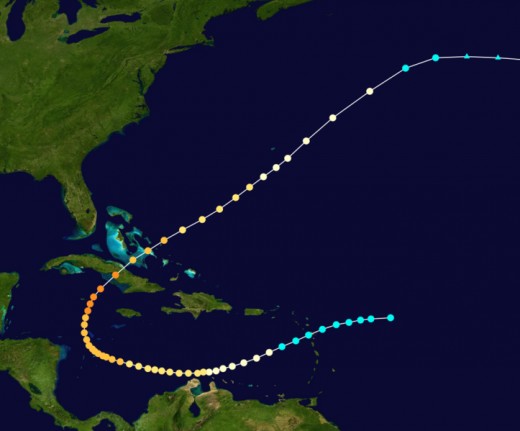
Recommended Reading
Hurricane Damage for The 1932 Cuba Hurricane
Venezuela, Colombia, and Jamaica saw minor hurricane damages, although some towns in Jamaica did see major losses to their banana crops. ProvidenceIsland suffered agricultural damage and lost thirty six homes to waves and flooding.
The Cayman Islands were devastated, with Cayman Brac being hit the worst, having been nearly flattened by the storm surges, which were as high as thirty three feet in some parts. Homes and buildings were entirely destroyed and washed to see, and many were forced to climb trees to avoid the flood waters. Seventy people died on the island, with one casualty on Grand Cayman and the rest on Cayman Brac, and the ship Balboa was destroyed during the storm.
Even so, Cuba was hit hardest, with the town of Santa Cruzdel Sur within the CarmagueyProvince being almost entirely destroyed by a massive surge measuring twenty one feet in height. Very few buildings were left standing, and, tragically, a total of 2,870 people were killed by the storm.
The total of casualties suffered in Cuba is estimated at 3,033, with total hurricane damage done reaching forty million US dollars, or in 2009, an estimated six hundred forty million.
How The 1932 Cuba Hurricane Compares to Other Hurricanes
Comparing the 1932 Cuba Hurricane to the 1932 Bahamas Hurricane, we can see what a difference is made by when a hurricane strikes, and why hurricane tracking is so important.
Both storms were very harmful, but undeniably, the Cuba Hurricane of 1932 was much more devastating. Both storms were roughly equal in intensity, but the 1932 Cuba Hurricane made landfall only shortly after reaching peak intensity, striking areas ill prepared to handle such a storm.
The 1932 Cuba Hurricane Aftermath and Hurricane Recovery
If there is any silver lining to the hurricanes that occurred in the 1920’s and 1930’s it is only that they made clear the vitality and importance of technology as an aid in preparing for hurricanes.
A more recent Cuban hurricane
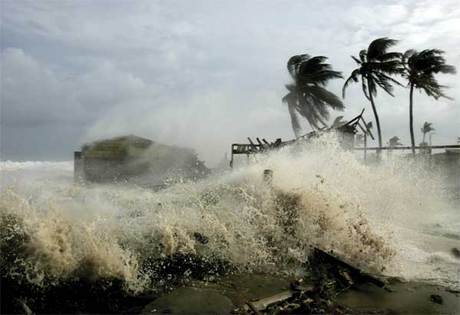
Other hubs on hurricanes (Not part of the World's Worst Hurricanes series)
- How Hurricanes Get Their Names
As I write this, I am barely able to contain my excitement. After six long years of waiting, finally I will get my opportunity to take the world by storm...literally. If not this year, than in 2014 for... - Video: Hurricanes, Cyclones and Typhoons
Hurricanes, cyclones and typhoons will in best of situations pick on thousands of the best fish in the oceans and feed the masses of people inland. Hurricanes, cyclones and typhoons are always shy of the... - Hurricane Preparedness--Protect your windows
You need to protect your windows during a hurricane for a couple of reasons. The first and most obvious is rain can get into your house through a broken window. Wind and debris can also make their way... - Hurricane Supply Checklist
So you've done everything you could to protect your home and windows during a hurricane. Now you should focus on hurricane supplies. Most experts suggest you have anywhere from three to seven days worth... - Hurricane Shutters:Which are Right for You?
Hurricane shutters protect your windows by shutting out debris. They also help to stabilize and protect your entire home during a hurricane. The shutters will help to keep water and high winds from damaging... - Galveston Oh Galveston! The Hurricane Ike Cover-Up
As an avid follower of world events and hurricanes the last few years, I watched and followed Hurricane Ike very closely these last couple weeks. I followed Hurricane Ike as it formed in the Atlantic,...
This hub brought to you...
by Julie-Ann Amos, professional writer, and owner of international writing agency www.ExquisiteWriting.com
Why not create your own HubPages? It's fun and you can make revenue from Adsense and other revenue streams on your pages. JOIN HUBPAGES NOW - SIMPLY CLICK HERE... (or contact me to write one for you!)
This work is licensed under the Creative Commons Attribution-Non-Commercial-No Derivative Works 3.0 Unported License. To view a copy of this licence, visit http://creativecommons.org/licenses/by-nc-nd/3.0/ or send a letter to CreativeCommons, 171 Second Street, Suite 300, San Francisco, California94105, USA.




